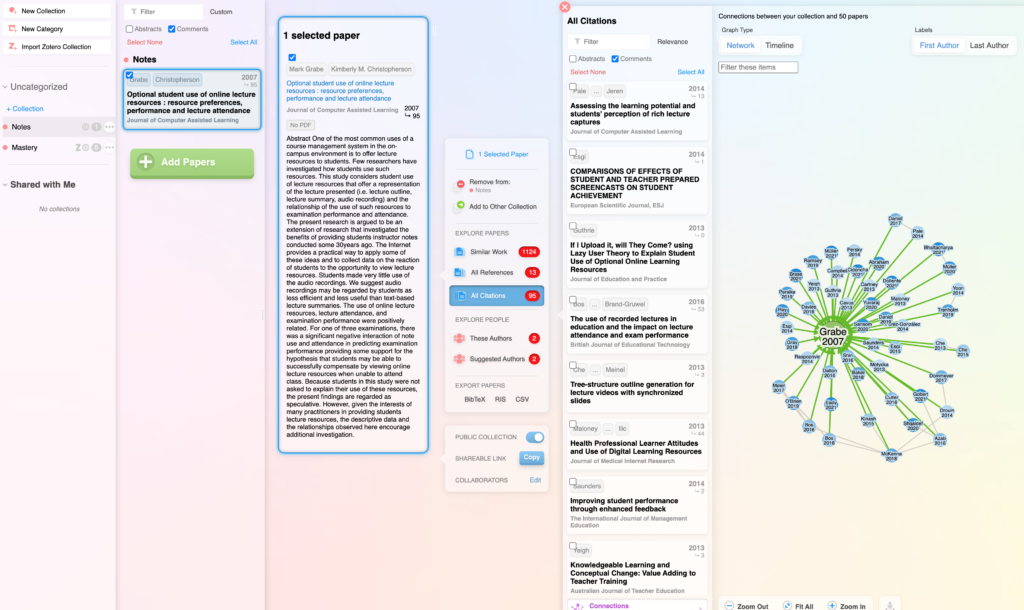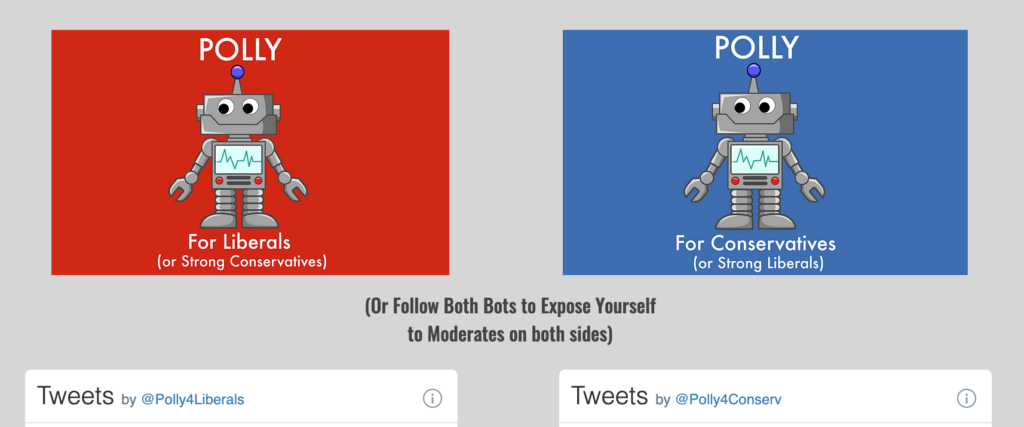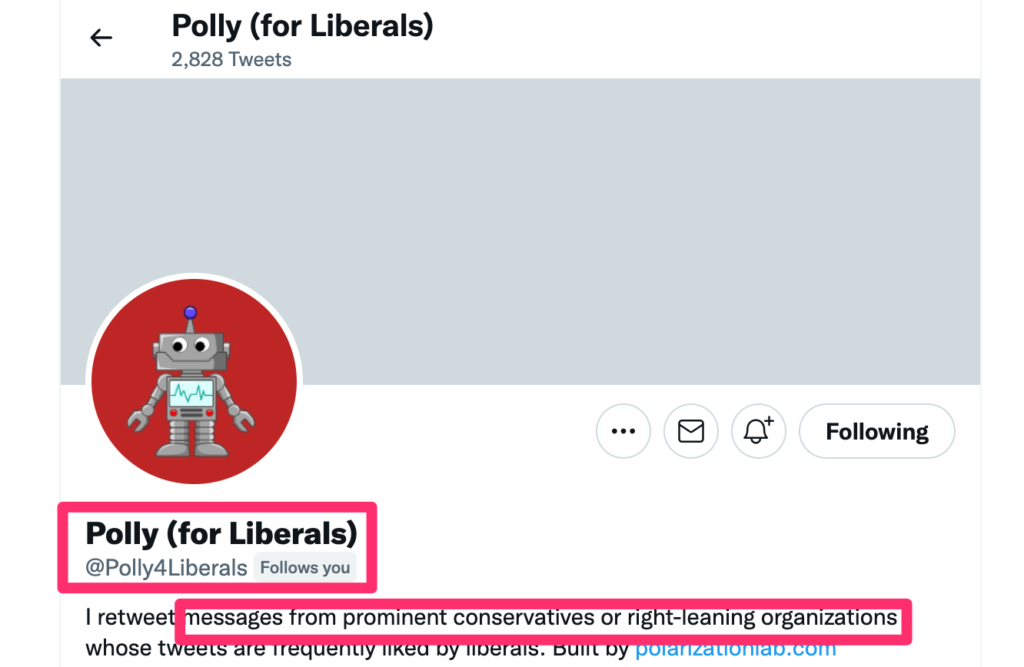I explained what I considered the essential components of a mastery system to my educational psychology and educational technology students for years. I used the following list based on my reading of multiple sources and explained using terminology I hoped would be easy to understand. I see different mastery approaches as implementation of these components to varying degrees so I will try to describe the components as ideal and then it becomes useful to explore the degree to which different implementations approach each ideal.
Components of a mastery system:
- Objectives / Goals
- Small Units of Instruction
- Multiple, nonpunitive assessments
- Mastery before progress
- Keyed remediation
Objectives / Goals – mastery requires the identification of what is to be learned in a way that is more explicit than is the case in a traditional approach. You cannot teach a “bunch of stuff”, but because of the requirements of some of the other components you must specific what is to be learned and what is based on or follows what.
Small units of instruction – mastery approaches attempt to reduce individual differences in existing knowledge. When the pace of instruction exceeds the time required for an individual to learn, a student may be expected to advance lacking prerequisite knowledge. Small units of instruction combined with other components (mastery before progress) to reduce the gaps in knowledge important in learning related material. Smaller units reduced the probability gaps will be missed.
Multiple, nonpunitive assessments – to use assessment to guide instruction, it may be necessary to reteach and retest. Multiple assessments determine when the expected level of understanding/mastery has been achieved. Nonpunitive implies that the number of assessments necessary to demonstrate understanding will not be used in evaluating/grading learners. When content is mastered, it is mastered.
Mastery before progress – a standard for mastery is set and meeting that standard determines when a student moves from one unit to the next.
Keyed remediation – assessment results should be used in targeting instruction when an assessment determines that content has not been mastered. It is also possible that a previous method of instruction will be changed as that method may be partly responsible for a student failing to achieve mastery
It is interesting to note that early approaches were couched in what I would label as a behavioral tradition. For example, the specification of “objectives”. This can be seen in the general focus journals hosting some of the earliest descriptions of mastery approaches. Historically, from my experience, acceptance of some of these ideas may be related to resistance to mastery concepts. I see this as unfortunate as core ideas about what learning is can easily be described within a cognitive tradition. For example, building from what is known fits with Piaget’s notions of assimilation and accommodation or with concepts such as conceptual change theory describing the interaction of existing models with new information.
Identification of these components serve multiple purposes. I ask students to use these components to identify existing practices that may meet individual components. I use these components to contrast different instructional tactics labelled as a mastery or competency-based approach to describe if and how well the different components are addressed. Researchers have studied many studies of mastery tactics in attempts to determine which components are most essential.
Buskist and colleagues (1991) provide one example of the type of component analysis that has been conducted. The components used differ a bit from my list. This is in part results from their analysis of a single mastery approach, The researchers conclude that unit mastery, multiple short quizzes, quick performance feedback, and review units were concluded to generate achievement advantages. Self-pacing (students having freedom work work when they wanted) and time spent with proctors were not.
My final post in this series will use the components I describe here to differentiate a couple of the original mastery strategies and then link these original strategies to my interest in technology-enhanced mastery approaches.
Reference:
Buskist, W., Cush, D., & DeGrandpre, R. J. (1991). The life and times of PSI. Journal of Behavioral Education, 1(2), 215-234.
![]()






You must be logged in to post a comment.